LED Lighting
The Health Benefits of LED Lighting
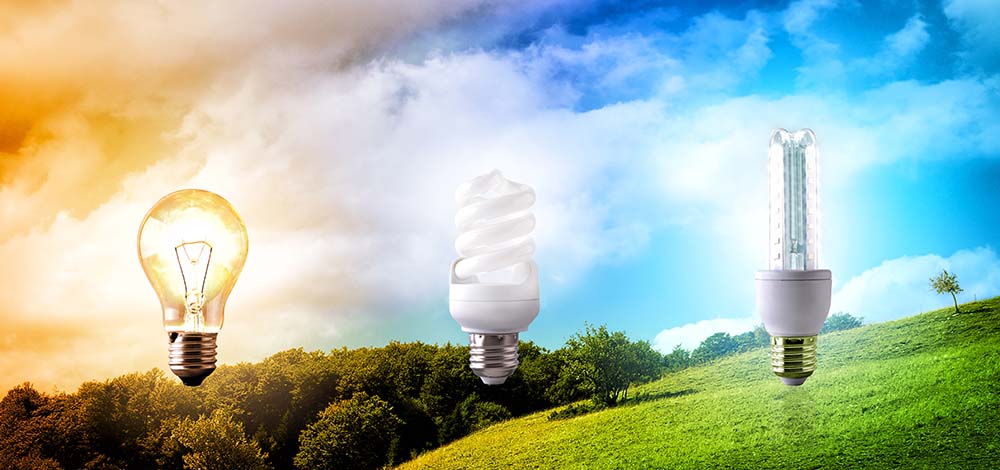
Research shows that LED lights display characteristics that are better for safety and overall health than those of incandescent, fluorescent and halogen fixtures. Natural light tells us when it’s time to wake up and go to sleep. On the other hand, manmade light sources are responsible for enabling an array of different activities when natural light is simply not available. As a result, we are exposed to light of all different kinds every day and that light has an effect on our overall health and wellbeing.
Research indicates that LED lighting can provide a variety of health benefits. Here are 11 reasons why LEDs are good for your health.
Hum
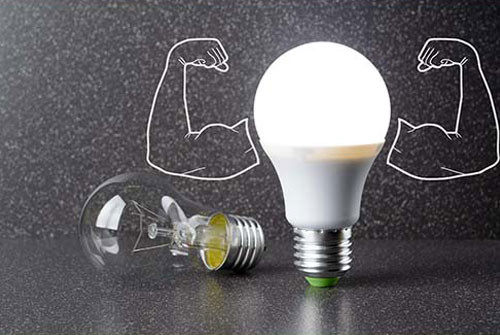
LEDs safely and silently offer full-spectrum light. Fluorescent lights are well known for emitting a distracting droning sound. And in fact, researcher John Ott discovered that fluorescent lights and the noise pollution associated with them cause “irritability, fatigue, hyperactivity and attention deficits” (Ott, John N. (1973). Health and Light: The Effects of Natural and Artificial Light on Man and Other Living Things). LEDs produce no hum at all.
Burnout
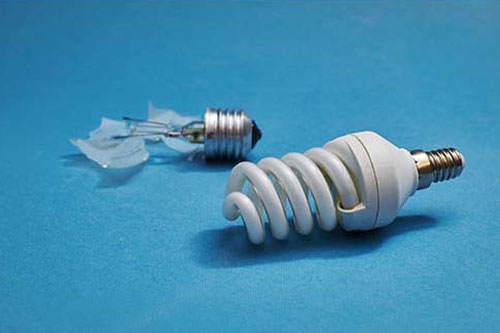
Most incandescent bulbs burn out in less than a year, while most LED lights last up to 50,000 hours. Colour matching across a group of lighting fixtures reduces eye strain, and slower burnout rates means fixtures will retain color consistency for a longer period of time.
Flicker
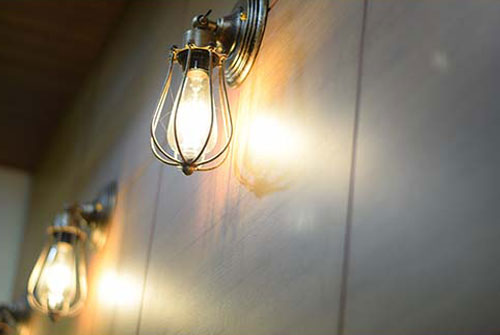
LED lights display a very small amount of flicker to no flickering at all because they are typically powered by constant DC voltage. In contrast, lighting fixtures that run on alternating current systems display flickering at 120 Hz cycles per second, or double the typical US power line frequency of 60 Hz cycles per second. Fluorescent and incandescent lights both display such flickering, which is difficult for the human eye to perceive, but causes problems nonetheless. Common ailments associated with flickering, according to the Occupational Safety and Health Administration, include “headaches, eye strain and general eye discomfort.” In fact, a study published by Lighting Research and Technology in 1989 found that exposing workers to lights without flickering “resulted in more than a 50 percent drop in complaints of eye strain and headaches.”
Furthermore, the stroboscopic effect flickering creates can pose a threat to those working around large machinery or moving parts. According to the Occupational Safety and Health Administration, “when objects move or rotate rapidly, [flickering light] makes them look as if they are moving more slowly than their actual speeds – they may even appear stationary if the object is moving at the same rate as the flicker frequency. This could [pose] a safety hazard if someone mistakenly thought that equipment was stationary or was moving slowly.”
Therefore, LED lights reduce the negative health effects and safety risks associated with flickering that fluorescent and incandescent lights pose.
Decreased Occurrence of Headaches

We are all familiar with the notorious flickering fluorescent bulbs. For those who suffer from headaches and migraines, fluorescents can have devastating side effects. The good news is that there is now an alternative! LED bulbs do not flicker, and in turn can help ease headaches.
Heat
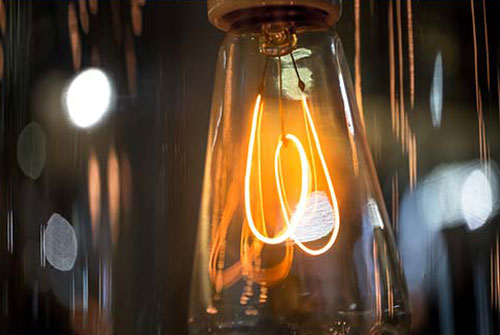
LED light fixtures stay relatively cool even when turned on for long periods of time. Fluorescent lamps can reach temperatures of 180F degrees, and incandescent and halogen lights can reach 200F degrees. Besides safety issues that come from touching hot bulbs, these temperatures can also create unsanitary conditions and hot spots in places like grocery stores and delis where raw meat is stored.
Mercury
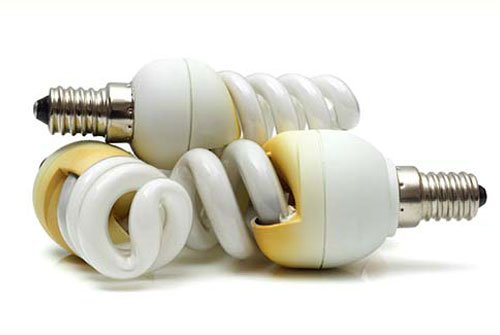
LEDs do not contain mercury, so they can be disposed of safely and easily. Mercury is a very toxic and dangerous substance that exists in most kinds of light bulbs such as incandescent and fluorescent bulbs except for LEDs. The presence of mercury makes disposing of other bulbs time consuming and dangerous.
UV Emissions
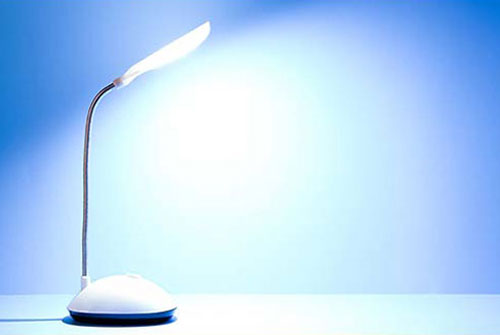
LEDs do not emit UV radiation, and are therefore safe for desktop and close proximity applications. Fluorescent bulbs emit UV radiation, which can cause skin cancer and premature aging, as well as headaches and eyestrain. A study published in the August 2008 issue of Oxford University Press found “the UV emissions from a significant percentage of the tested CFLs may result in foreseeable overexposure of the skin when these lamps are used in desk or task lighting applications.”
Balances Circadian Rhythm

Recent developments in LED lighting technology has allowed LEDs to imitate natural light. Research indicates that proper exposure to natural light promotes a regular and healthy circadian rhythm and LEDs seem to do the trick. So swap those fluorescents in your office for LEDs and enjoy the sleep benefits!
Increased Learning Performance
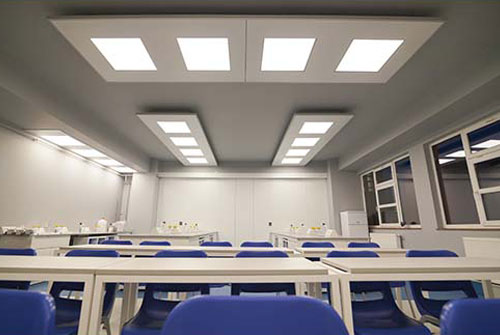
LEDs are an optimal investment for schools. When LEDs are applied in a learning environment, research suggests that learning performance is increased. Let’s help students succeed!
Increased Productivity

Implementing LED technology can help your employees to find success in their careers. Organizations that implement LED lighting in office spaces and work areas have recognized an increase in productivity.
Decreased Stress and Anxiety
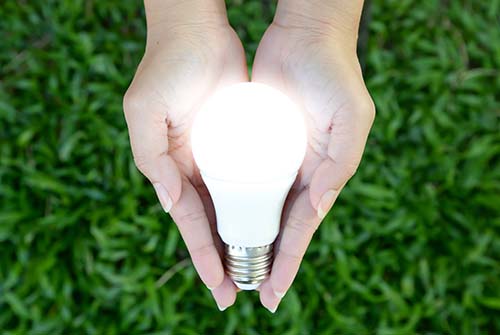
We all know how spending a day outdoors can help reduce stress. LED lighting can offer help when we may not be able to consistently get outdoors in busy day to day life. LED lighting has been associated with decreased levels of anxiety and stress in indoor environments.
We all know that LED lighting is good for the environment; but, we are now finding that LED lighting is good for people too! Making the switch to LED is one simple way to have a positive impact on people. LED lights are the smarter and safer choice for efficient, stylish and affordable lighting.
Source:
https://macelectricco.com/five-health-benefits-led-lighting/


